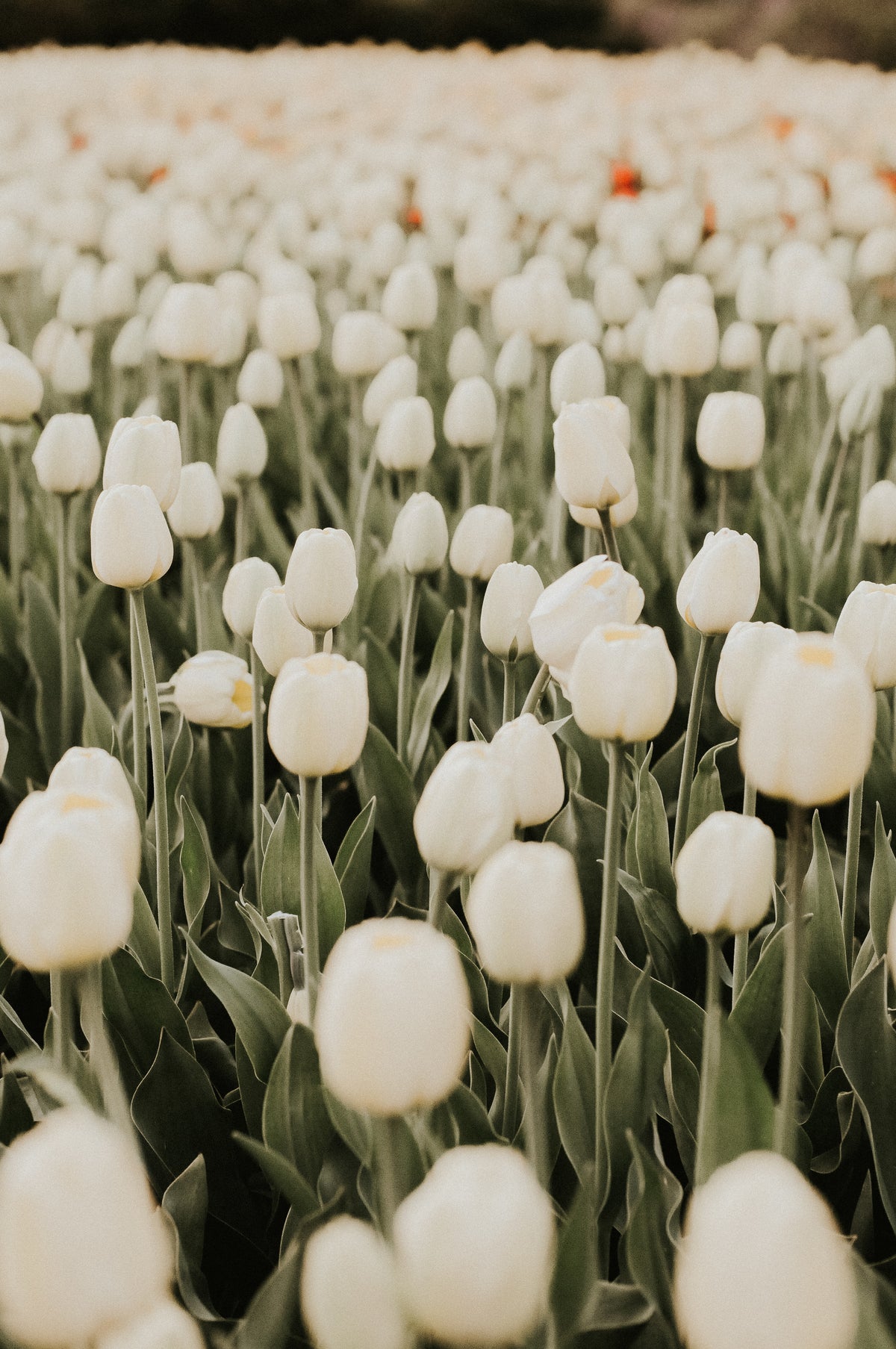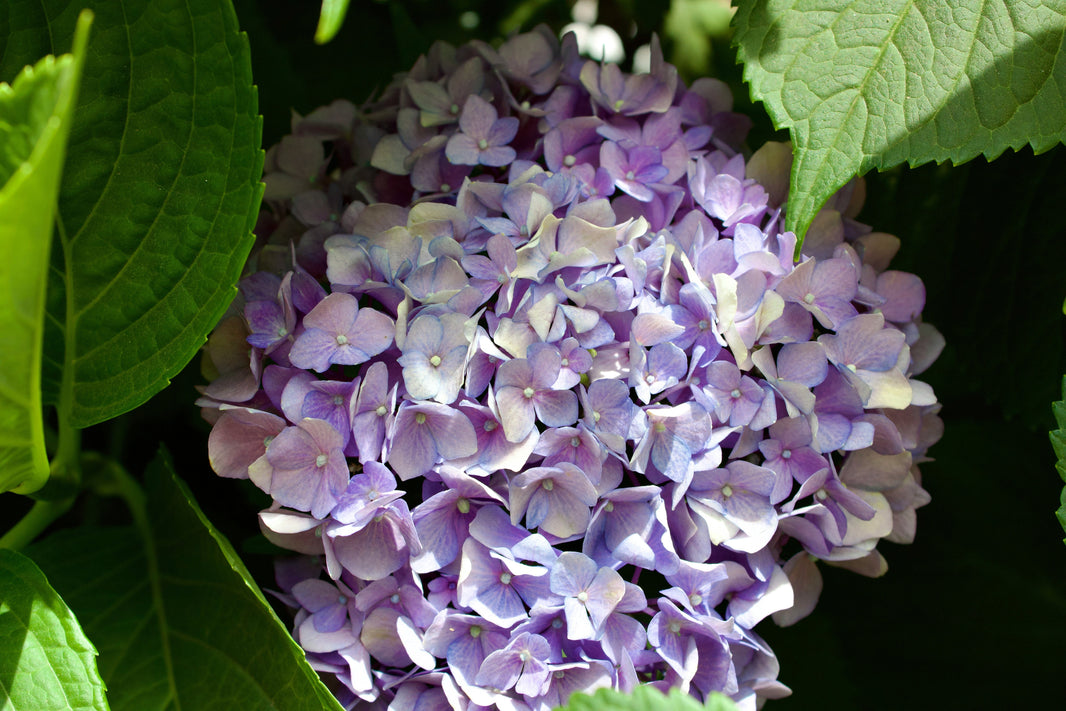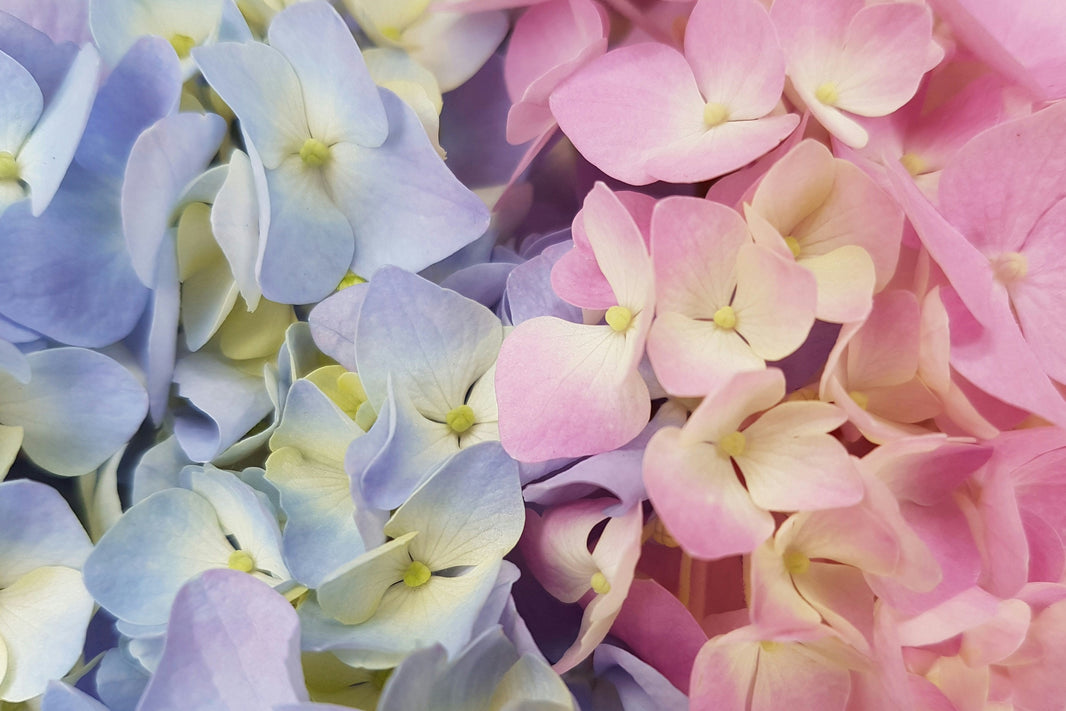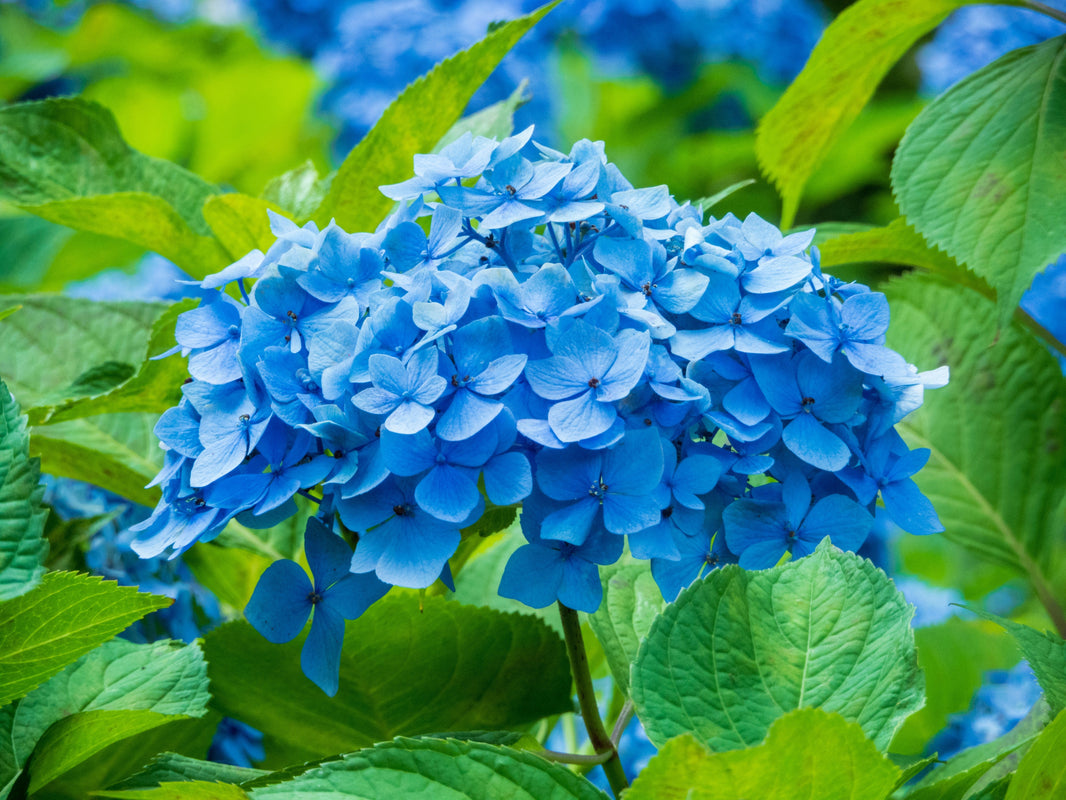In today’s evolving wedding industry, budgets vary widely—from intimate backyard ceremonies for under $5000 to opulent celebrations costing well over six figures. But what about a $100,000 wedding? Is that considered excessive, or does it simply fall within the realm of modern luxury weddings?
The answer largely depends on context—guest count, location, expectations, and personal priorities. While $100,000 might sound extravagant to some, for others it’s just the right amount to achieve a once-in-a-lifetime experience without feeling constrained.
The average wedding cost in the United States currently hovers around $30,000 to $35,000. That puts a $100,000 wedding at nearly three times the national average. However, that doesn’t automatically make it excessive. For large guest counts, destination weddings, or multi-day events, that budget may be just right.
High-end weddings often involve premium vendors, designer attire, fine dining, elaborate florals, and immersive décor. Each of these elements contributes to an elevated guest experience, and none of it comes cheap—especially when held in major cities or luxury venues.
It’s important to recognize that a higher price tag doesn’t always mean wasteful spending. For many couples, a large budget is used with intention: to create an immersive atmosphere, honor cultural traditions, or host guests with impeccable hospitality.
Luxury is also relative. A $100,000 wedding might be “over the top” for a couple whose values lie in simplicity, but it could be modest by celebrity standards or for those in affluent social circles. Perspective plays a huge role in defining what “expensive” really means.
In this blog post, we’ll explore where that wedding cost typically goes, what defines an expensive wedding, and how couples choose to allocate a six-figure budget. We’ll also offer tips on making smart, luxurious choices—including how vendors like WholesaleFlowers.net can help optimize your wedding flower budget while maintaining elevated design.
Defining What Makes a Wedding “Expensive”
The concept of an “expensive wedding” is subjective and varies significantly based on geography, culture, and individual circumstances. For some couples, a $20,000 event is the epitome of indulgence. For others, a $100,000 wedding is simply a reasonable investment in their vision and guest experience.
Price per guest is one way to frame this conversation. A wedding costing $100,000 with 250 guests breaks down to $400 per person—a number that could easily reflect quality food, drink, venue, and entertainment. However, a 50-guest wedding with the same budget would likely be considered luxurious due to the higher per-person spend.
Another factor is how the budget is distributed. A high-end venue in a major city could easily account for $30,000 alone. Add in gourmet catering, custom floral installations, designer gowns, and live entertainment, and the costs add up quickly—without necessarily being wasteful.
Cultural expectations also play a role. Some cultures prioritize hosting large guest lists with multi-day celebrations as part of family traditions. In these cases, a $100,000 budget might be viewed not as excess, but as the minimum to properly honor heritage and community.
Public perception and social media influence further blur the lines. Platforms like Instagram and Pinterest have normalized over-the-top visuals, making elaborate floral arches, fireworks, and interactive installations feel like necessities rather than luxuries.
Personal values ultimately determine whether a budget is “too much.” Some couples choose to spend more because they want to celebrate lavishly, thank their guests generously, or create unforgettable memories. Others prefer to save or invest that money elsewhere.
It’s also worth considering financial position. A $100,000 wedding may be over the top for a couple who goes into debt for it, but entirely reasonable for those who can afford it comfortably. Affordability and extravagance aren’t always mutually exclusive.
Finally, the term “expensive” often implies value judgment. But in the wedding world, cost doesn’t always correlate with style, meaning, or emotional impact. A small, heartfelt wedding can be as meaningful as a lavish affair.
In essence, what makes a wedding expensive isn’t just the number on the invoice—it’s how that number compares to the couple’s means, goals, and context. A $100,000 budget might be indulgent—or just right.
Breaking Down a $100,000 Wedding Budget
To better understand how a $100,000 wedding budget is used, let’s look at how it might be allocated across the major categories of a wedding. While this is a luxury-level budget, it’s still important to manage each segment thoughtfully for maximum impact.
The venue and catering typically consume the largest portion—usually 40% to 50% of the total. That’s $40,000 to $50,000 earmarked for the location, food, beverages, rentals, and service. In high-end cities like New York, San Francisco, or Miami, this might just cover venue rental alone.
Photography and videography often make up 10% to 15% of a luxury budget, totaling $10,000 to $15,000. This allows for top-tier photographers, second shooters, drone coverage, cinematic highlight reels, and even next-day edits.
Attire and beauty might account for $8000 to $12,000. This could include a designer gown, groom’s custom suit, hair and makeup for the entire bridal party, and luxury accessories. Brides often invest in two gowns—one for the ceremony and another for the reception.
Entertainment can take up $8000 to $15,000. A six-figure wedding may include a live band for the reception, string quartet for the ceremony, and even a DJ for the after-party. Interactive entertainment like live painters or dancers may also be included.
Floral and design components typically range from $10,000 to $20,000. This encompasses bouquets, centerpieces, ceremony arches, suspended installations, floral chandeliers, and full venue transformation. The use of high-end blooms, professional designers, and large-scale production increases costs.
Stationery and signage may run $3000 to $5000 for custom-designed invitations, save-the-dates, menus, seating charts, calligraphy, and day-of signage. Custom paper goods are a hallmark of luxury weddings.
Cake and dessert displays may cost $1500 to $4000. Intricate, multi-tiered cakes with hand-sculpted sugar flowers and customized flavors are common in high-end events. Many also include dessert tables or full sweet stations.
Transportation and valet services can add $3000 to $5000, especially if shuttling guests to remote venues or providing luxury vehicles for the couple and VIP guests. Some weddings even include vintage cars or branded ride-share services.
Miscellaneous items like lighting, draping, audio-visual equipment, lounge furniture, and favors typically take up the remaining $5000 to $8000. These final touches add polish and luxury to the overall experience.
Each of these areas contributes to the full-scale impact of a $100,000 wedding. When allocated intentionally, the budget supports an immersive, personalized event that leaves a lasting impression on everyone in attendance.
The Role of Guest Count in Luxury Weddings
Guest count plays a critical role in how far a six-figure budget can stretch. A wedding for 300 people at $100,000 breaks down to about $333 per guest. In contrast, a wedding with just 75 guests raises the per-person spend to $1333—a major difference in scale and detail.
Larger guest lists require more of everything: food, drinks, tables, chairs, centerpieces, invitations, favors, and staff. Even with bulk pricing, each added guest increases the total cost substantially. That’s why many luxury weddings limit their guest count to focus more on experience per attendee.
A smaller guest list allows for more personalized experiences. Think hand-written notes at each place setting, curated welcome bags, or multiple courses with wine pairings. The couple can connect more deeply with each guest and offer more memorable hospitality.
Luxury couples often aim for a balance between elegance and intimacy. Hosting 100–150 guests at a $100,000 budget lets you offer gourmet catering, high-end décor, and elevated entertainment without cutting corners.
Cultural and family expectations also influence guest count. Some weddings, especially those with South Asian or Middle Eastern traditions, naturally involve several hundred guests. In these cases, a $100,000 budget is considered reasonable given the scale and duration of the celebrations.
To maintain a manageable budget while honoring tradition, some couples split their celebration into multiple events: a ceremony and intimate reception, followed by a larger, more casual gathering. This preserves intimacy and elegance while accommodating everyone important.
Technology offers additional flexibility. Live-streaming the ceremony to remote guests reduces the in-person guest count while allowing broader participation. This approach became especially popular during the pandemic and has stayed relevant in luxury planning.
When budgeting by guest count, calculate an average per-person spend. This helps prioritize where to elevate and where to simplify. For example, you might splurge on seated dinner service and cut back on elaborate favors or additional entertainment.
Quality often outweighs quantity in luxury planning. A curated experience for 100 guests with fine dining, designer florals, and ambient lighting can feel far more luxurious than a crowded 300-person reception with less attention to detail.
In luxury weddings, guest count isn’t just a number—it’s a design decision. The number of attendees directly shapes the guest experience, budget allocation, and event intimacy, all of which influence how “over the top” a wedding feels.
High-End Venue Options and Their Impact
Venue choice is perhaps the most defining factor of a luxury wedding. From historic estates to oceanfront resorts, your venue shapes not only the aesthetic but also the overall wedding cost. At the $100,000 level, couples have access to some of the most exclusive and breathtaking spaces available.
Luxury venues often include high-touch services like valet parking, concierge support, in-house catering, and full access to the property for an entire day or even the entire weekend. These added amenities come at a price but drastically improve guest experience and planning ease.
Hotels and resorts are popular for upscale weddings. They offer stunning ballrooms, manicured gardens, and on-site lodging for guests. While these venues may have food and beverage minimums ranging from $30,000 to $80,000, they provide a seamless all-in-one solution.
Private estates and mansions deliver an intimate, tailored setting for couples seeking exclusivity. While estate rentals often require full-service planning and outside vendors, they provide architectural character, outdoor elegance, and unparalleled privacy.
Museums, conservatories, and cultural institutions are increasingly popular for high-budget weddings. These spaces offer artistic or historical backdrops that elevate the guest experience. However, rental fees can run into five figures and often include strict vendor policies and time limits.
Destination venues—such as castles in Europe or beachfront villas in the Caribbean—combine travel with celebration. These weddings often span multiple days, offering a full experience for attendees. With accommodations, excursions, and meals included, the cost can quickly absorb a six-figure budget.
Loft spaces and converted warehouses in cities like New York or Los Angeles provide industrial chic backdrops with blank-slate flexibility. Luxury weddings in these settings often invest heavily in lighting, draping, and floral installations to transform the space.
Churches and temples for the ceremony can also add to the budget, especially when transportation is needed to move guests between locations. High-end couples may opt for dual locations—such as a chapel ceremony followed by a vineyard reception—for maximum aesthetic variety.
Exclusive country clubs often include extensive golf course views, gourmet in-house catering, and upscale service. They may require a member sponsor, and rental fees can range from $10,000 to $50,000 depending on the time of year and day of the week.
When selecting a luxury venue, consider included amenities such as linens, furniture, staffing, and AV equipment. The more the venue includes, the easier it becomes to manage other areas of the budget and reduce stress during planning.
At the $100,000 level, the venue sets the tone for everything else. It determines style, formality, guest experience, and logistical flow—making it a cornerstone of high-end wedding planning.
Elevating the Guest Experience
Luxury weddings are distinguished not just by budget, but by the quality of guest experience. Every touchpoint—from the welcome drinks to the farewell brunch—is designed to make attendees feel cherished, comfortable, and immersed in the couple’s vision.
Welcome bags are a common indulgence in expensive weddings. These curated gifts include snacks, personalized notes, local guides, and branded keepsakes. For destination weddings, they often contain essentials like sunscreen, bottled water, or mini hangover kits.
Transportation is another critical piece. Shuttles, limos, or even private cars for VIP guests help everyone travel between venues with ease. Luxury couples often brand their transport or offer premium touches like champagne en route.
Personalized paper goods add another level of care. From calligraphed place cards to custom menu cards and ceremony programs, these printed materials make each guest feel like an honored part of the celebration. Some weddings even include interactive elements like crossword puzzles or love story timelines.
Catering is designed with both sophistication and comfort in mind. Passed hors d’oeuvres, plated multi-course meals, and creative late-night snacks keep guests satisfied throughout the evening. Signature cocktails and high-end liquor bars are standard features.
Lounge areas and interactive stations give guests something to enjoy beyond dining and dancing. Think whiskey tastings, photo booths, flower crown bars, or cigar rolling stations. These personalized experiences offer variety and memory-making moments.
Live entertainment enhances the atmosphere. Luxury weddings may include a jazz trio during cocktail hour, a full band for the reception, and a DJ for the after-party. Some even bring in surprise performers or choreographed dancers to entertain guests throughout the night.
Ambience is everything. Carefully designed lighting, draping, and floral elements envelop guests in a curated world. The goal is to create an environment where every corner is styled and intentional, providing countless Instagram-worthy moments.
Favors are thoughtfully chosen and often practical or meaningful. Think gourmet chocolates, engraved champagne flutes, or customized perfume oils. The best luxury favors remind guests of the couple long after the event ends.
Thank-you notes are another area where luxury couples stand out. Handwritten and personalized, they often arrive quickly after the wedding or are even included in the farewell brunch experience.
In high-end weddings, guest experience is treated as an extension of hospitality. Every detail is chosen with care, with the goal of making guests feel honored and deeply connected to the couple’s joy.
Luxury Wedding Floral Design and Budgeting
When it comes to luxury weddings, flowers play an essential role in transforming the venue into an immersive, dreamlike environment. Lavish florals are not just décor—they’re art. From suspended installations to aisle meadows, florals define elegance and ambiance, often becoming the most talked-about detail of the event.
Luxury wedding floral budgets often range from $15,000 to $25,000 or more. This includes bouquets, boutonnieres, corsages, ceremony structures, aisle décor, reception centerpieces, and sometimes floral chandeliers or arches. Elaborate displays and rare blooms can easily elevate costs beyond that range.
The bridal bouquet in a luxury wedding is typically a statement piece featuring premium blooms such as peonies, orchids, garden roses, ranunculus, and calla lilies. These bouquets are often more sculptural and lush than their mid-range counterparts, and custom-designed to match the bride’s attire and wedding theme.
Ceremony spaces become enchanting with arches, chuppahs, floral aisles, or hanging greenery. These large-scale installations require substantial materials and labor, contributing heavily to the overall floral cost. In luxury settings, these structures are typically reimagined for photo ops or the reception space afterward.
Reception flowers tend to be abundant, with a mix of elevated centerpieces, garlands, and dramatic focal arrangements. Each table might be uniquely styled, incorporating imported blooms, custom vessels, and layered textures for a fully immersive tablescape.
Suspended installations are trending in luxury floral design. These floating florals—whether they’re above a dance floor, head table, or ceremony arch—require professional rigging, design expertise, and large flower quantities, which can significantly increase the floral budget.
Florals may also appear in unexpected places: wrapped around staircases, dripping from chandeliers, climbing walls, or even inside lounge furniture. This level of detail requires a florist with experience in architectural design, as well as a team of skilled installers.
To manage these costs efficiently, some couples turn to wholesale flower sources. Vendors like WholesaleFlowers.net offer premium blooms in bulk, which is ideal for DIY enthusiasts or couples working with a freelance floral designer. Their wide selection and dependable quality allow for a luxurious look without the designer markup.
Working with WholesaleFlowers.net allows couples to stretch their wedding flower budget without compromising on style or abundance. You can select from dozens of premium varieties, receive your flowers directly from the farm, and customize your floral vision with greater flexibility.
Whether you’re hiring a top-tier florist or building your own dream arrangements, floral design is a cornerstone of luxury weddings—and often one of the most rewarding areas to invest in creatively and emotionally.
The Fine Details That Define Luxury Weddings
The beauty of expensive weddings lies not just in big-ticket items, but in the fine details that make each moment feel thoughtful and polished. These finishing touches elevate the guest experience, distinguish your event, and signal true luxury.
Custom stationery is one of the first details that guests encounter. Luxury couples often invest in letterpress or foil-stamped invitations with hand-calligraphed envelopes, monograms, or wax seals. The paper quality, color palette, and printing technique set the tone for everything to come.
Bespoke signage throughout the event enhances both function and design. Welcome signs, seating charts, drink menus, and ceremony instructions are often custom-cut or printed on acrylic, velvet, mirror, or wood to match the overall aesthetic.
Tablescapes at luxury weddings go far beyond flowers and candles. Expect charger plates, layered linens, embroidered napkins, vintage glassware, and gold-accented flatware. Every element is curated to blend seamlessly and photograph beautifully.
Custom dance floors, often branded with the couple’s initials or motif, create a strong visual anchor in reception spaces. They can be wrapped in vinyl, painted, or even filled with floral inlays to make the dance space part of the décor.
Lighting is another essential detail. Uplighting, pin-spotting, chandeliers, and candles all work together to create mood. The right lighting can make a space feel warm, intimate, or regal depending on your vision.
Signature scents are an emerging trend in luxury weddings. Couples work with fragrance designers to craft a custom scent that is diffused during the event or gifted to guests. This creates a multisensory experience and lasting memory tied to the celebration.
Monogrammed or personalized touches show up throughout the day—on cocktail napkins, signage, programs, favors, and more. These customized details tie the event together and reinforce branding in a cohesive, elegant way.
Luxury weddings often feature a series of outfit changes, not just for the couple but also for bridesmaids or family members. Coordinated wardrobe moments add glamour and keep the celebration visually dynamic from beginning to end.
Guest communication is another luxury detail. Concierge services, wedding apps, and personalized timelines make sure everyone feels informed and cared for. Some couples hire a dedicated guest liaison or hospitality team to manage needs on-site.
These details may seem small individually, but together they create an unforgettable guest experience and elevate the event to the next level of refinement and immersion.
So, would a $100,000 wedding be considered over the top? The answer ultimately depends on your perspective, values, and financial situation. For some, spending that much on a single day seems excessive. For others, it’s a perfectly appropriate investment in a once-in-a-lifetime celebration that reflects personal style, family traditions, and a commitment to hosting guests with warmth and grace.
Luxury weddings at this price point often go far beyond basic event planning. They include immersive guest experiences, custom design, high-end venues, couture fashion, multi-course menus, and elaborate florals. Every detail is meticulously curated to tell a story—one that’s as meaningful for the couple as it is memorable for their guests.
What defines an “expensive wedding” is less about the actual price tag and more about the experience it provides relative to expectations and means. A $100,000 wedding isn’t automatically excessive if it aligns with a couple’s priorities and is approached with thoughtfulness and financial responsibility.
Many couples with this kind of budget are deeply intentional. They aren’t simply throwing money around—they’re crafting an experience filled with emotion, aesthetics, and generosity. That said, the value of a wedding shouldn’t be measured in dollars, but in joy, authenticity, and love.
Every couple must decide what’s “over the top” for themselves. For some, simplicity offers the most meaning. For others, grandeur is how they express gratitude and celebration. There’s no wrong approach—as long as it reflects the couple’s true desires and comfort level.
Even at the luxury level, smart spending matters. Couples want the most value for their investment. That’s why even those with larger budgets turn to trusted vendors like WholesaleFlowers.net to maximize their wedding flower budget without compromising on quality. The ability to source premium blooms at wholesale prices opens the door to expansive designs and floral artistry that feels truly indulgent.
If you’re planning a wedding—whether modest or magnificent—and want to explore high-end floral options without inflated costs, click here to explore WholesaleFlowers.net’s full collection. Their flowers help elevate any wedding vision, ensuring that even the most extravagant designs are rooted in value and reliability.
In the end, a $100,000 wedding isn’t inherently over the top—it’s simply a reflection of choices. If those choices bring meaning, connection, and joy to your day, then they are the right ones for you. Whether you’re planning a grand ballroom gala or a boutique garden affair, the best weddings are always the ones that stay true to who you are.






